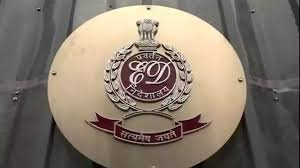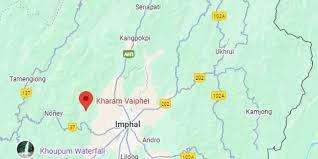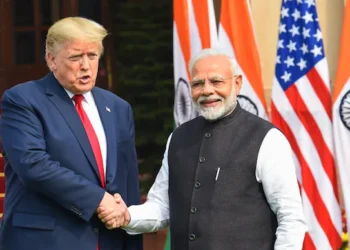On Diwali morning on Thursday, residents awoke to a thick layer of haze and an Air Quality Index (AQI) reading of 328, firmly in the “very poor” category despite extensive anti-pollution measures. This year’s numbers echo an ongoing struggle, with AQI levels consistently reflecting unhealthy air quality for the city’s inhabitants. In areas like Anand Vihar, AQI levels soared to 419, entering the “severe” zone and joining many other localities where air remained critically compromised.
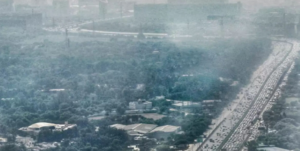
According to SAFAR (System of Air Quality and Weather Forecasting and Research), Delhi’s AQI on Diwali morning spanned categories ranging from “very poor” to “severe,” with pollution hotspots such as Alipur, Ashok Vihar, IGI Airport, and Rohini marked by hazardous readings. SAFAR’s AQI scale designates values between 0-50 as “good,” while levels exceeding 400 are classified as “severe,” indicating risks to public health and visibility.
Weather patterns exacerbated the pollution levels this year, with Mahesh Palawat of Skymet Weather Services attributing part of the problem to shifting wind currents. A change to northwesterly winds has brought smoke from stubble burning across Punjab and Haryana, compounding the already toxic air. “If firecrackers are also set off, the altered wind direction could further trap pollutants, pushing AQI readings to dangerous levels,” Palawat cautioned.
Also Read: Trump stages bold PR move with “garbage truck” stunt.
Last year’s Diwali, celebrated on November 12, was notably an improvement, with AQI levels registering at 218—Delhi’s cleanest Diwali in eight years. This year, however, the outlook was grim. The Indian Institute of Tropical Meteorology predicted AQI levels hovering in the “very poor” range through Thursday and Friday, with a chance of tipping into the “severe” category if emissions spike.
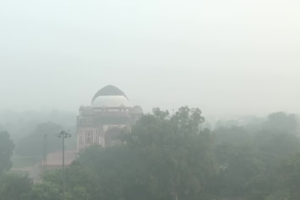
The government’s measures this year have been strict and widespread. Delhi Environment Minister Gopal Rai announced the formation of 377 enforcement teams to curb the use of firecrackers. Each police district, led by local Deputy Commissioners of Police, was instructed to oversee anti-firecracker efforts within their jurisdictions. Stage two of the Graded Response Action Plan (GRAP) remains in effect, introducing a series of restrictions aimed at managing pollution, such as banning diesel generators, restricting coal and firewood usage, and enforcing strict dust control at construction sites.
Other pollution-mitigation strategies have been employed to keep Delhi’s air breathable. These include intensified road cleaning, water sprinkling, increased metro and bus services, and the deployment of traffic personnel at key congestion points. To curb vehicle emissions, parking fees across the city have been raised to encourage public transport use. The government has also issued advisories to residents, urging them to use public transportation, avoid dust-generating activities, and keep vehicle air filters clean and updated.
Alongside local emissions, stubble burning in Punjab and Haryana, a post-harvest practice common in October and November, has added significantly to Delhi’s air quality crisis. This annual activity generates a large quantity of airborne particulate matter, aggravating pollution levels just as Diwali celebrations commence.
In a familiar yet unfortunate pattern, Delhi’s Diwali remains enveloped in smog, with pollution becoming an unwelcome fixture during the festive season. Despite the government’s concerted efforts to tackle emissions and enforce stringent pollution control measures, Delhiites once again find themselves grappling with compromised air quality—a reminder of the city’s ongoing environmental challenges.



